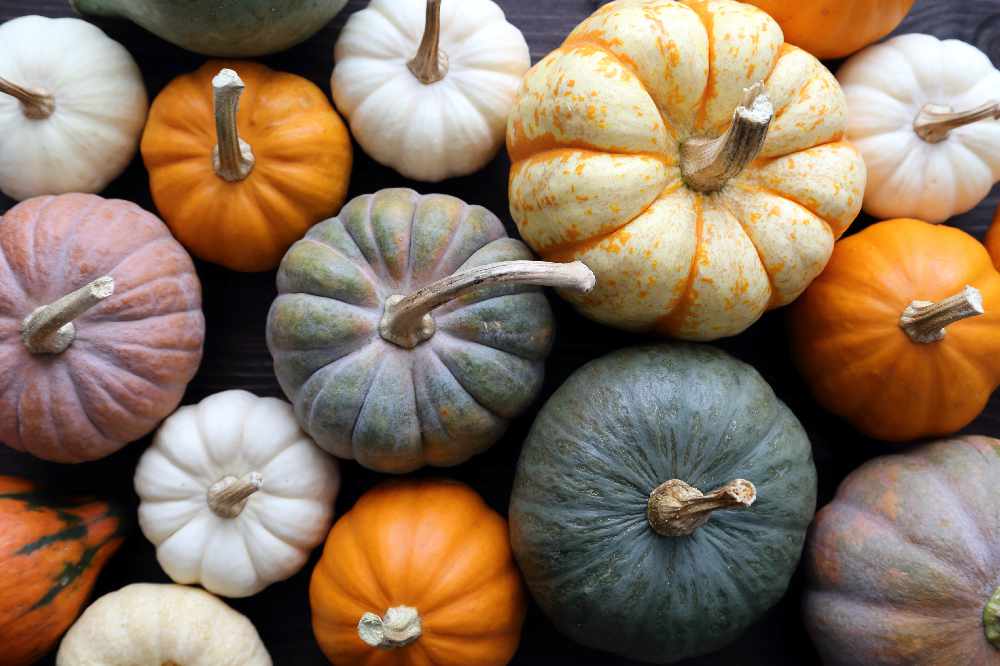
We take a look at all things pumpkin, its origins and its surprising number of uses.
The pumpkin is a many-splendoured vegetable. Actually, this isn’t strictly true: the pumpkin is in fact a fruit.
Big, round and generally a rich deep orange colour (they can also come in green, white and blue), these giant winter squashes are relatively easy to grow and make excellent soup, pies, cakes and even beer.
They also have medicinal qualities for humans and their pets. Most of all, perhaps, in the minds of children they are indelibly linked to Halloween, as glowing jack-o’-lanterns.
Pumpkins are by no means a new phenomenon. It is thought that they’ve been around since at least 7,000 BC. Originally native to Mexico and the southern states of the United States of America, pumpkins are now grown all over the world.
China and India produce nearly half the yearly global crop of around 27 million tonnes. The largest fruits can exceed a tonne in weight. Britain grows more than 15 million pumpkins each year.
Well over a million pumpkins are purchased annually in Britain, just for Halloween, meaning the fruit has cemented itself in popular culture.
Pumpkins have appeared in many fairy tales and folk law – Cinderella’s stagecoach, the headless horseman’s replacement head in Sleepy Hollow, Jack Pumpkinhead in the sequel to The Wizard of Oz and regular references in the Harry Potter stories.
When selecting a pumpkin for decoration, it’s best to choose one with its stalk still attached, firm to the touch with a deep orange colour, symmetrically round and free from blemishes, rot, cuts and soft spots.
It should be stored somewhere dry and handled as little as possible. If eating is your main priority, however, select a small one as their meat is sweeter and less stringy.
As well as being versatile, pumpkins are very nutritious – low in calories, fat and sodium, but rich in potassium and Vitamin A.
Pumpkin pie has always been closely associated with America’s Thanksgiving celebrations, but there are numerous ways of cooking pumpkins; they can be grilled, baked, broiled, steamed, curried or roasted whole in hot embers – as originally practiced by Native Americans.
The pumpkin shell, the leaves and even the flowers are also edible. Roasted pumpkin seeds are also very appetising. Their iron, vitamins, zinc and magnesium can be beneficial for the heart, diabetes, detoxification and a good night’s sleep.
Pumpkin seed oil can have medicinal qualities, sometimes helping with depression, healthy hair and skin, prostate and the menopause. If you fancy growing your own pumpkins, here’s a few tips:
- Sow the seeds on their side at a depth of one inch in small compost-filled pots between April and June. Water regularly and when the roots start to show, move them to a larger pot.
- Once the seedlings are established in early summer, plant them outside – six to ten feet apart in a sunny, sheltered spot. Feed and water them. Remove any substandard fruit, leaving two or three on each plant.
- To avoid rotting, raise fruit off the ground on bricks or wood as they grow bigger. Remove any leaves that keep sunlight off the fruit. Protect them with straw if there’s a risk of an early frost.
- Leave the fruit on the plant for as long as possible to mature and ripen. When the stem cracks and the skin feels tough, the fruit is ready for picking. Harvest with a long stalk before the first frost.
- Expose the pumpkin to sunlight outside for ten days or keep it indoors for four days, to harden. Pumpkins can be stored for between four to six months.

 Schools Come Out In Force To Support "Wear What Makes You Happy" Fundraiser For Arlo Lambie
Schools Come Out In Force To Support "Wear What Makes You Happy" Fundraiser For Arlo Lambie
 Entertainment Guide: February 2025
Entertainment Guide: February 2025
 What to Watch in February 2025
What to Watch in February 2025
 Island Update: January 2025
Island Update: January 2025
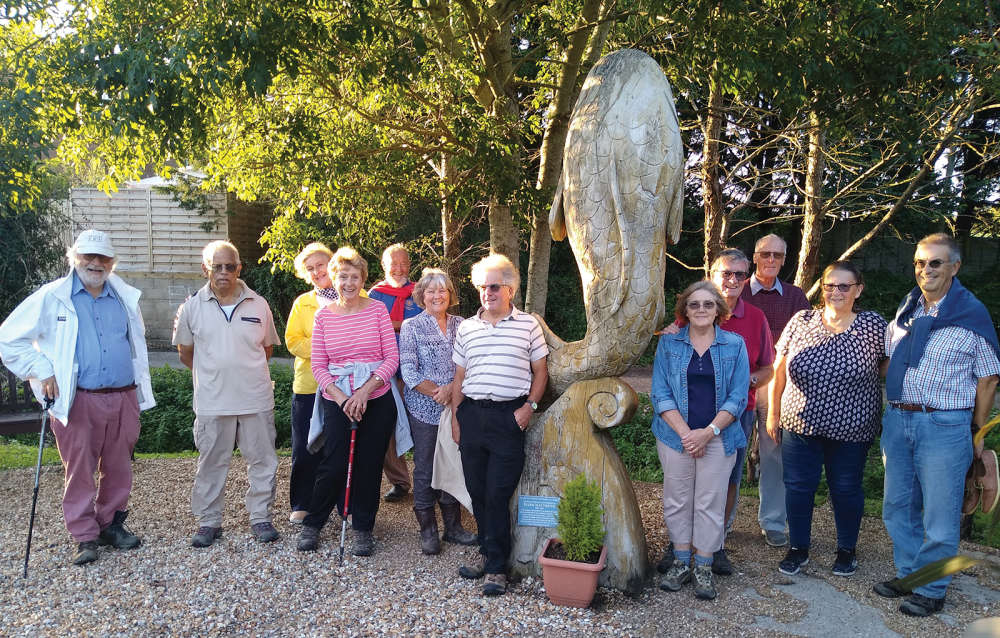 Ryde Rotary Centenary: 100 Years Strong
Ryde Rotary Centenary: 100 Years Strong
 Home Style: Scandi Island Life
Home Style: Scandi Island Life
 What to Watch in January 2025
What to Watch in January 2025
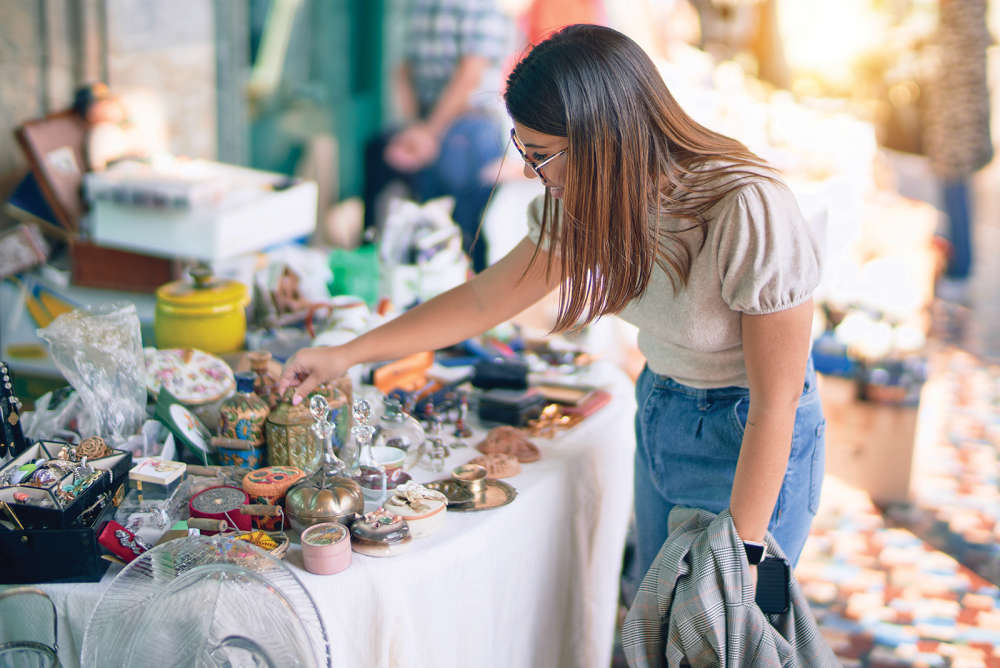 Entertainment Guide: January 2025
Entertainment Guide: January 2025
 Memorial Held Following Death Of Kezi's Kindness Founder Nikki Flux-Edmonds
Memorial Held Following Death Of Kezi's Kindness Founder Nikki Flux-Edmonds
 Mountbatten Inviting Islanders To Sign Up For 2026 Lapland Husky Trail
Mountbatten Inviting Islanders To Sign Up For 2026 Lapland Husky Trail
 Home Style: Winter Wonderland
Home Style: Winter Wonderland
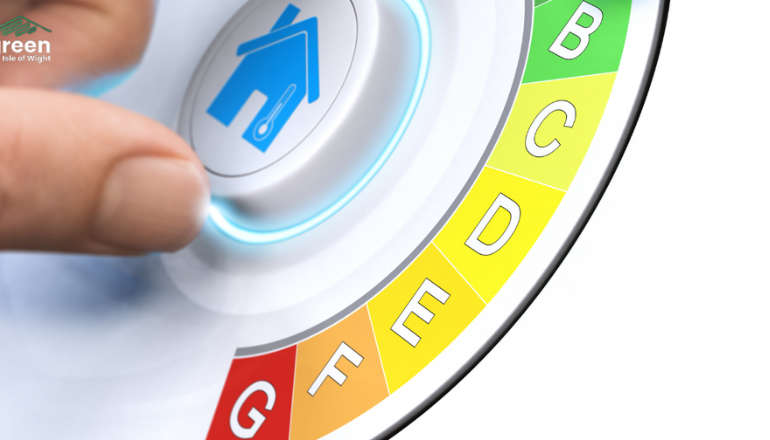 Help Available For Islanders To Cut Energy Bills
Help Available For Islanders To Cut Energy Bills
 Island Update: December 2024
Island Update: December 2024
 New Home For Citizens Advice Isle Of Wight
New Home For Citizens Advice Isle Of Wight
 The Alternative Guide to Christmas Gifts
The Alternative Guide to Christmas Gifts
 Island Family Launches Appeal For Teenage Son With Brain Tumour
Island Family Launches Appeal For Teenage Son With Brain Tumour
 What to Watch in December 2024
What to Watch in December 2024
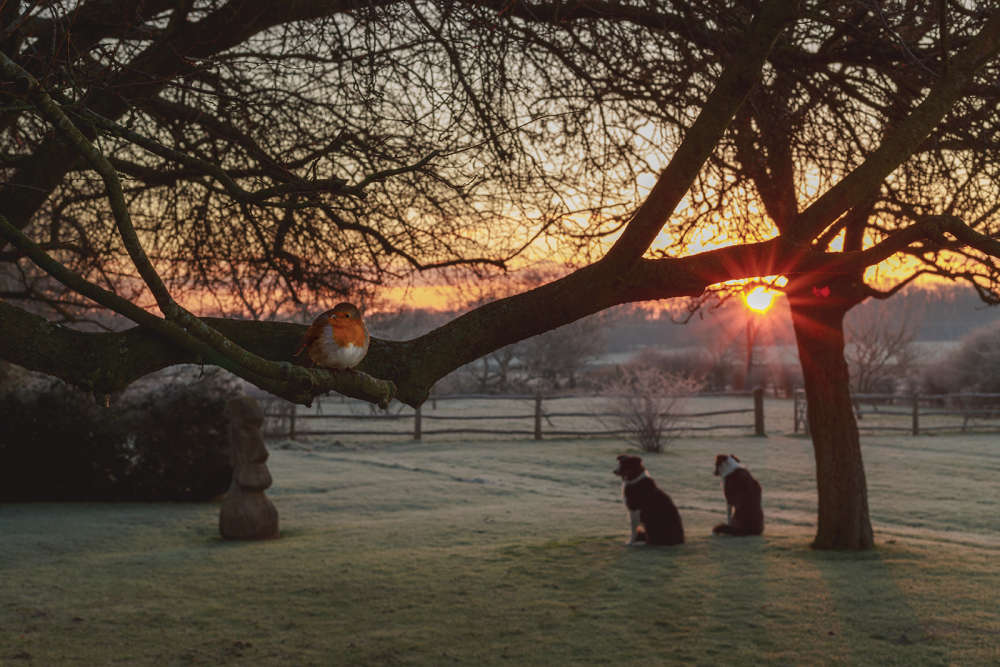 A Gardener’s Best Friend: The Story of Bob the Robin
A Gardener’s Best Friend: The Story of Bob the Robin
 Memorial Quilt To Be Displayed On The Island
Memorial Quilt To Be Displayed On The Island
 Island Author Celebrating Amazon Number One
Island Author Celebrating Amazon Number One